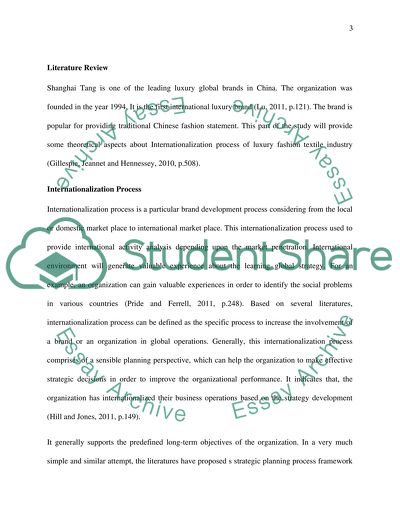Cite this document
(“International fashion textiles Marketing Literature review”, n.d.)
International fashion textiles Marketing Literature review. Retrieved from https://studentshare.org/marketing/1477211-international-fashion-textiles-marketing
International fashion textiles Marketing Literature review. Retrieved from https://studentshare.org/marketing/1477211-international-fashion-textiles-marketing
(International Fashion Textiles Marketing Literature Review)
International Fashion Textiles Marketing Literature Review. https://studentshare.org/marketing/1477211-international-fashion-textiles-marketing.
International Fashion Textiles Marketing Literature Review. https://studentshare.org/marketing/1477211-international-fashion-textiles-marketing.
“International Fashion Textiles Marketing Literature Review”, n.d. https://studentshare.org/marketing/1477211-international-fashion-textiles-marketing.


